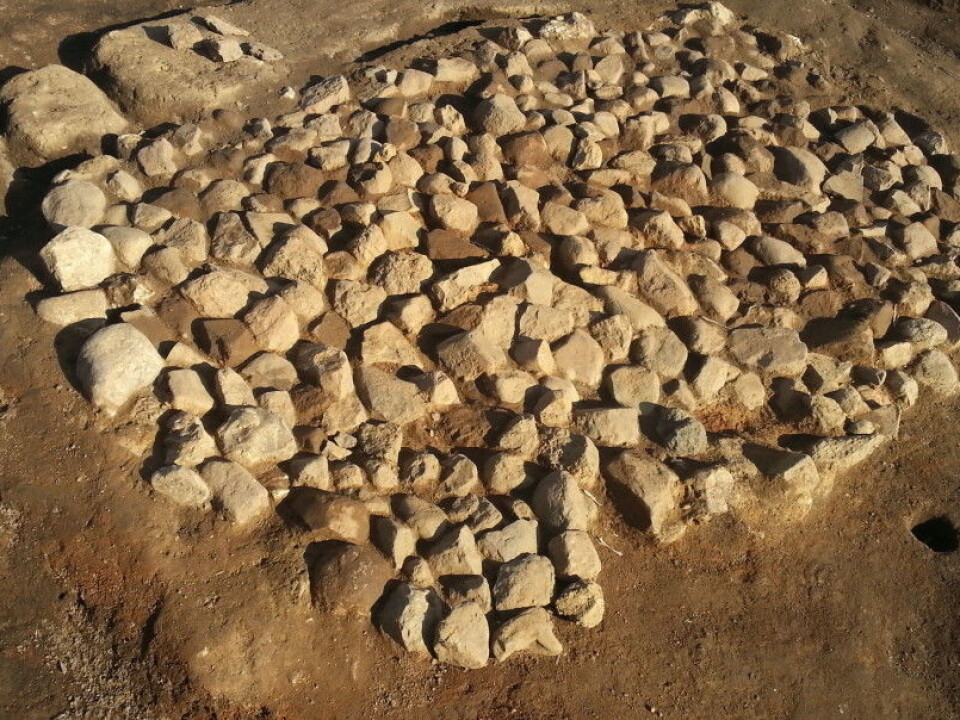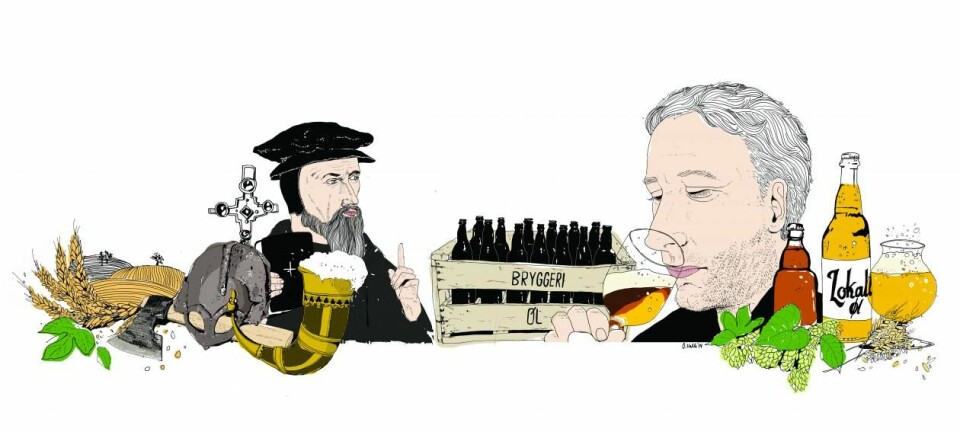
1600-year-old evidence of beer brewing in Sweden
And there’s every reason to believe that people in the Nordic countries have been brewing beer much longer than that.
Beer is one of the most tradition-rich beverages in the world. Chemical traces from what is presumed to be the oldest beer in the world were found in a 5000-year-old Iranian jug, according to a 1992 article in Nature.
The Nordic countries also have a long tradition of brewing and drinking beer. Beer was such an important part of daily life in the region that a thousand years ago, Norwegian farms were required to brew beer for Christmas celebration, according to archaeologist Frode Iversen.
Swedish archaeologists have now found traces of ancient beer brewing in Uppåkra, in southern Sweden. There was a large gathering place in the area, and people from all over the region probably came here to trade, according to a journal article published in Archaeological and Anthropological Sciences.
The find shows that beer was brewed in this area between the fifth and seventh centuries, which is hundreds of years before what we call the Viking Age began.
Evidence of John Barleycorn

The researchers found evidence for beer brewing in a low-temperature kiln structure that had been excavated. The kiln contained carbonized, germinated hulled barley grains that are described as evidence of malting for the process of brewing beer.
The first step in beer brewing is to make malt from barley or other grains. The grain is washed, which causes it to begin to germinate. Sprouting initiates chemical processes in the grain that are needed to brew beer. Drying the grain at higher temperatures at this stage halts the process. Then the actual brewing can start, where malt and water are heated to certain temperatures.
The researchers believe that the barley grain is related to malt production, where some of the grains were burned and left in the oven after drying.
The oven had a diameter of about 2.7 meters, and probably wasn’t able to reach temperatures above 600 degrees C, which would mean that it couldn’t be used for blacksmithing or for firing pottery. The researchers believe it was used primarily for baking and drying, and perhaps for smoking meat.
Historic grog
Several buildings, workshops and other structures have been excavated in Uppåkra, but the kiln was the only place that the sprouted, burned grain was found. The area was dated to between 400-600 AD.
But other alcoholic beverages have been brewed and imbibed in the north for a very long time. Researchers reported in 2014 on finding residues from 3000-year-old grog in Denmark, brewed from juniper berries, wheat, barley, rye and bog cranberries, according to an article in ScienceDaily.
But there’s good evidence that the Chinese were brewing beer even earlier than that, with traces of the beverage being produced as early as 5,000 years ago.
-------------------------------------
Read the Norwegian version of this article at forskning.no.








